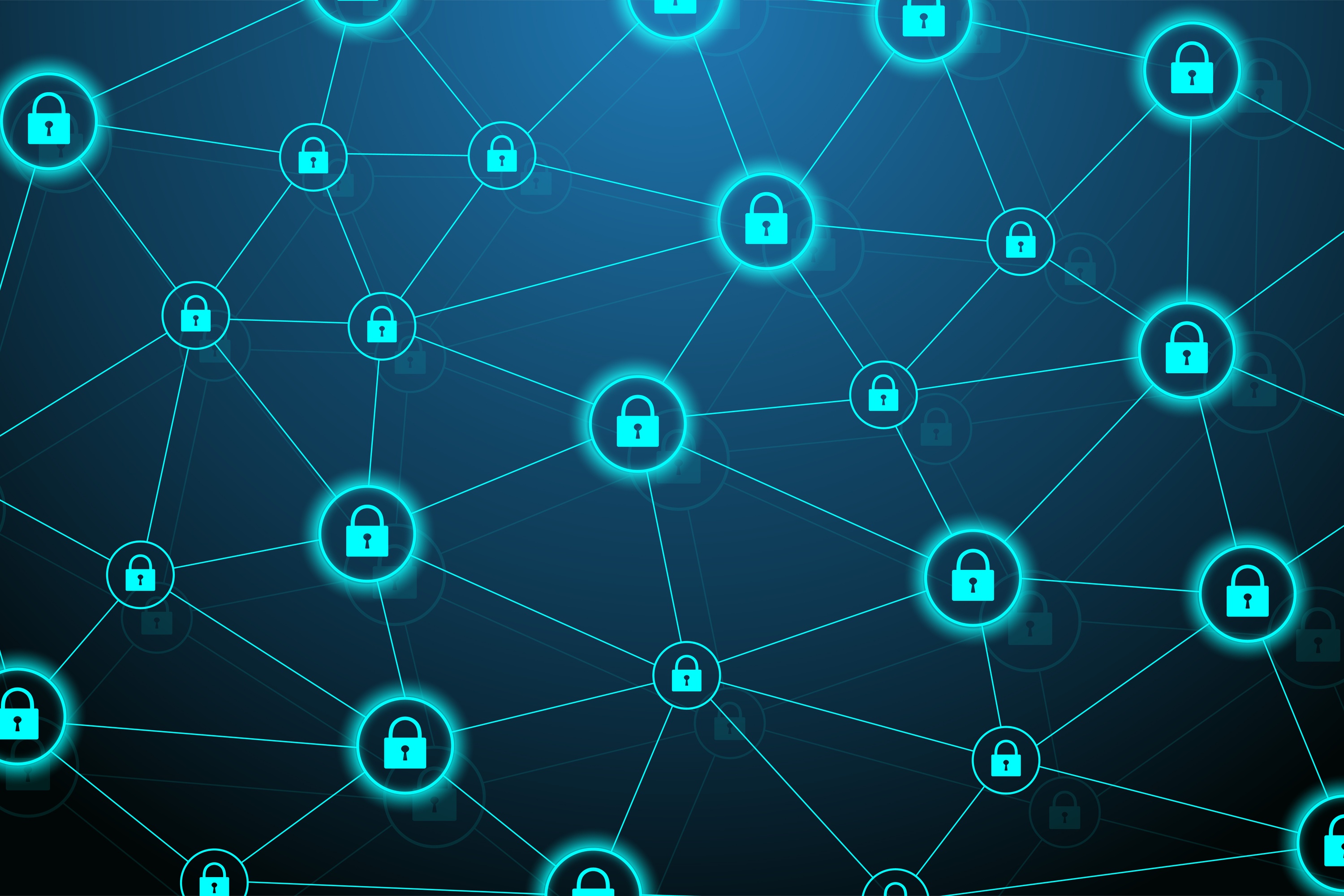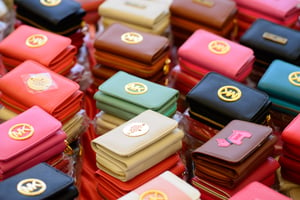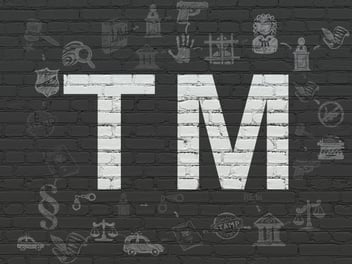How Brand Owners Can Protect Themselves From Counterfeiters

On October 22, 2018, Stacey Kalamaras and Tim Trainer presented a CLE on Protecting Your Brand Against Counterfeiters. In this guest blog post, Stacey discusses the impact counterfeit goods have on the global economy, some of the legal remedies available to brand owners, and how brand owners can respond.
Counterfeit goods are the world’s largest illegitimate industry
In 2013, counterfeit goods’ estimated value was over $400 billion in revenue, and by most accounts, as an industry, counterfeit goods are expected to top $1 trillion dollars in the next 5 years. Organized crime, drug trafficking and terrorists thrive on counterfeit goods. Counterfeiters do not pay taxes; they employ child labor; they steal your identity. It is estimated that more than 4 million jobs are lost due to the counterfeit goods industry.
Counterfeit goods pose a threat to the health and safety of consumers
Counterfeit goods utilize sub-standard and dangerous components that pose a threat to the health and safety of consumers. Brand owners whose goods are knocked off are often left with a public relations nightmare when consumers are duped into believing the counterfeit, sub-standard product actually belongs to the brand owner. In the end, the defense against counterfeiters leads to increased product costs. In the case of smaller companies, may put them out of business, especially if their goods are knocked off at the beginning of their company’s success or if their intellectual property is not properly protected.
Why does there seem to be a growth of counterfeit goods?
There seems to be a growth in counterfeit goods around the globe. Why? Well, there are a number of reasons for this, including the fact that our e-commerce-centric world is more global and we have less barriers at our borders with free trade agreements. Counterfeiting is highly profitable, as there are very few barriers to entry. Our current tariff structure also plays right into the hands of counterfeiters. Consumer attitudes play a role, especially in the United States and western culture, in part because these consumers  want to be associated with luxury goods no matter what. Of the brands most likely to be knocked off, those that are deemed luxury brands are more likely to be knocked off and when we consider the top counterfeited brands, the majority are American brands. If consumers were more aware of their actions and/or if there were penalties to consumers for purchasing counterfeit goods, perhaps counterfeiters would not have such a large market.
want to be associated with luxury goods no matter what. Of the brands most likely to be knocked off, those that are deemed luxury brands are more likely to be knocked off and when we consider the top counterfeited brands, the majority are American brands. If consumers were more aware of their actions and/or if there were penalties to consumers for purchasing counterfeit goods, perhaps counterfeiters would not have such a large market.
Consider products that actually pose a serious threat to consumer health and safety – for instance automobile, motorcycle and airplane parts. When these goods are knocked off, they are likely to cause accidents and jeopardize the health the safety of consumers. Pharmaceuticals are another sector that when knocked off has severe ramifications to the health and safety of consumers. In some parts of the world, as much as 30% of the supply of prescriptions drugs are counterfeit. Toxins, rat poison, and the wrong or no active ingredient have been found in prescription drugs. Clearly, if you are intending to purchase a medicine to cure a certain ailment, these substances present an issue. Even when cosmetics and other personal products are knocked off, human feces and rat poison are often found in the counterfeited product.
How can brand owners protect themselves?
There are serious civil and criminal penalties available to those caught counterfeiting, but engaging in anti-counterfeiting strategies is a huge and expensive undertaking for brand owners and their counsel. The cycle usually continues, unfortunately, given the fact that many counterfeiters once caught will just regroup under another name or business. In order to successfully engage in an anti-counterfeiting strategy, in-house counsel and their outside lawyers can consider the following: setting a budget for anti-counterfeiting enforcement; determining what brands and/or countries require the greatest attention; ensuring all affected marks are registered in the problem countries; conducting training both for in-house staff and law enforcement and customs personnel; diversify enforcement tactics.
To learn more, please watch Stacey’s CLE program on Protecting Your Brand Against Counterfeiters.
.png)

.jpg?width=352&name=officeaction%20(1).jpg)

.jpg?width=352&name=blackhistorymonth21%20(1).jpg)